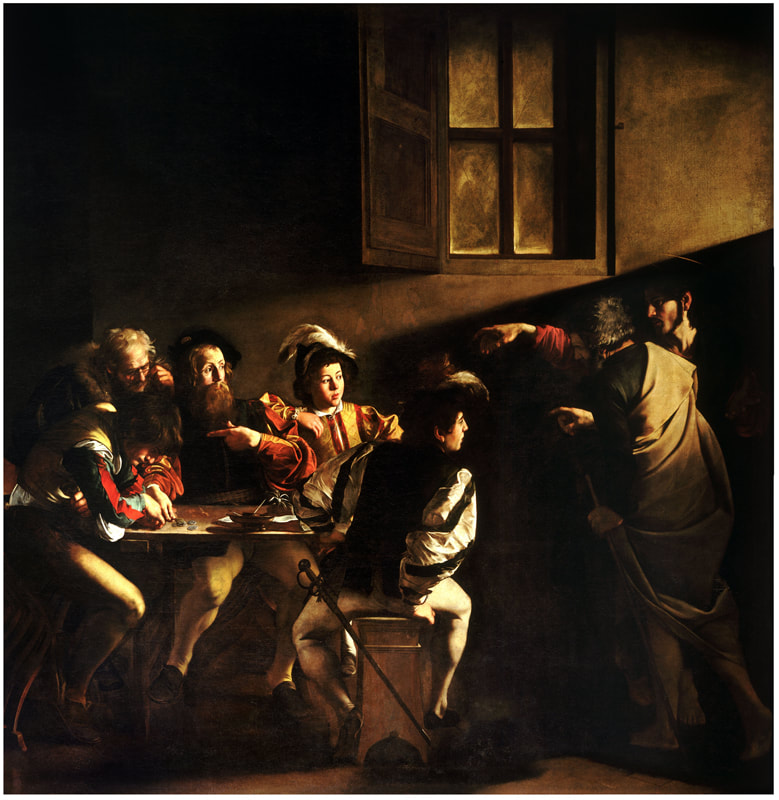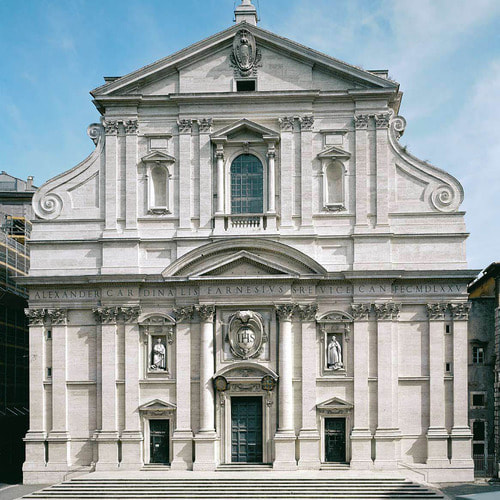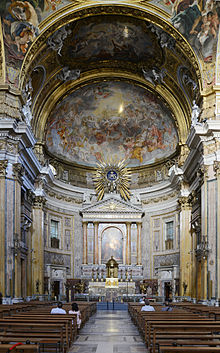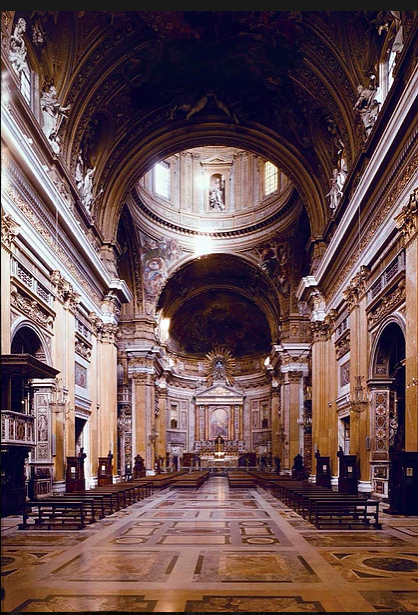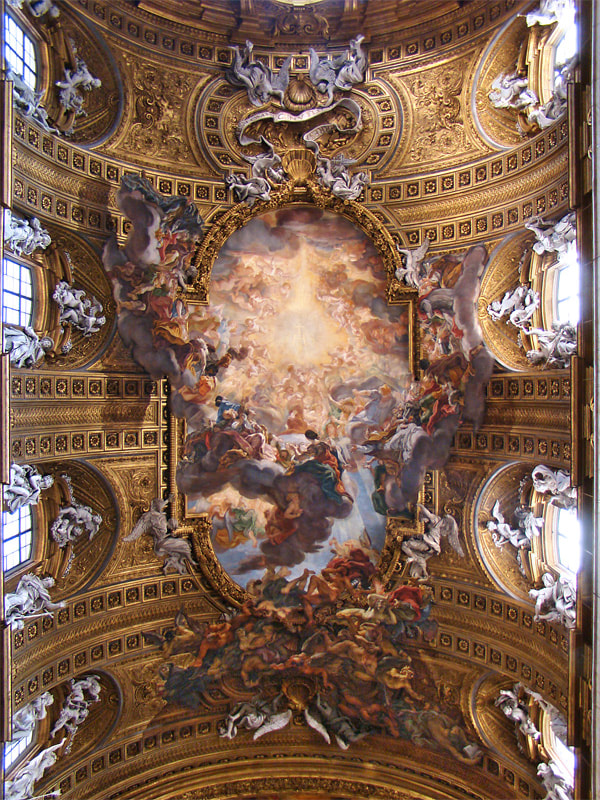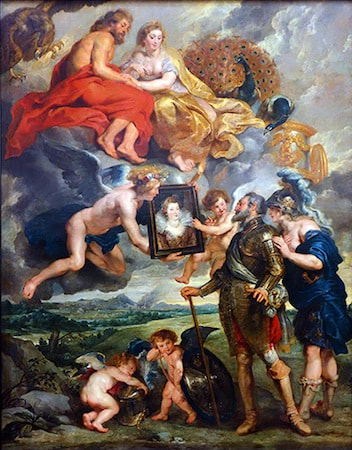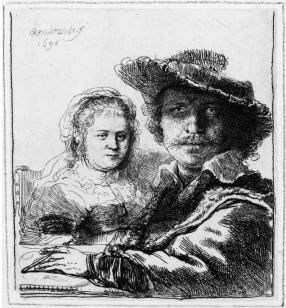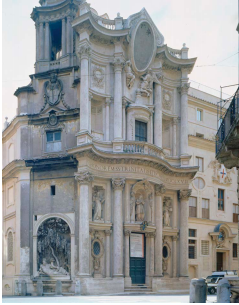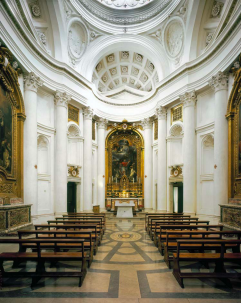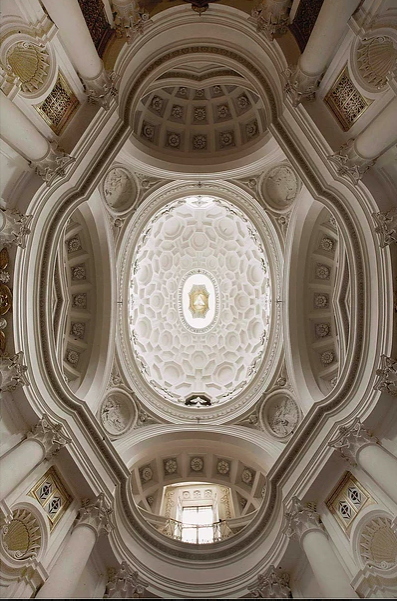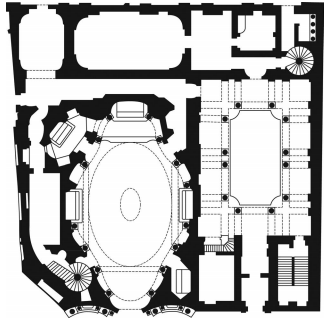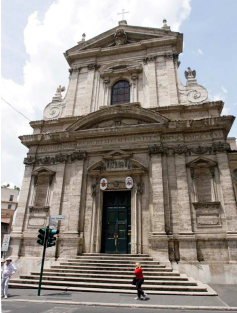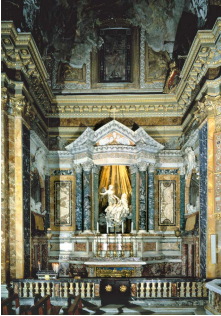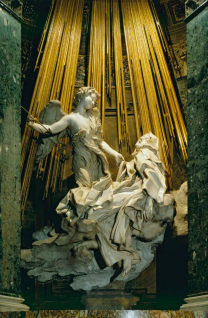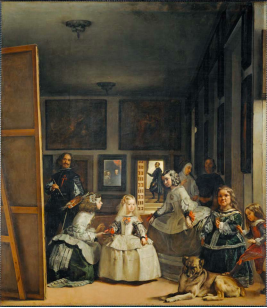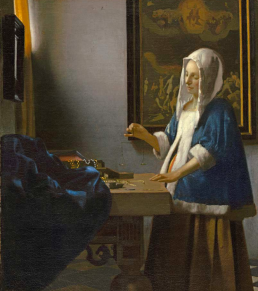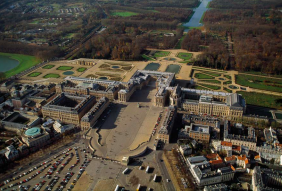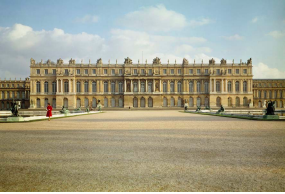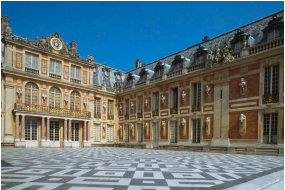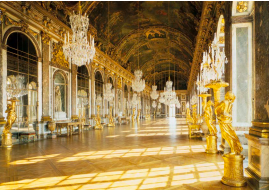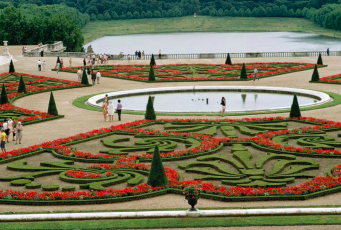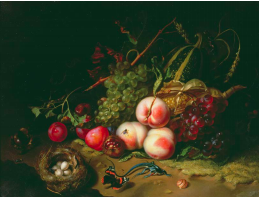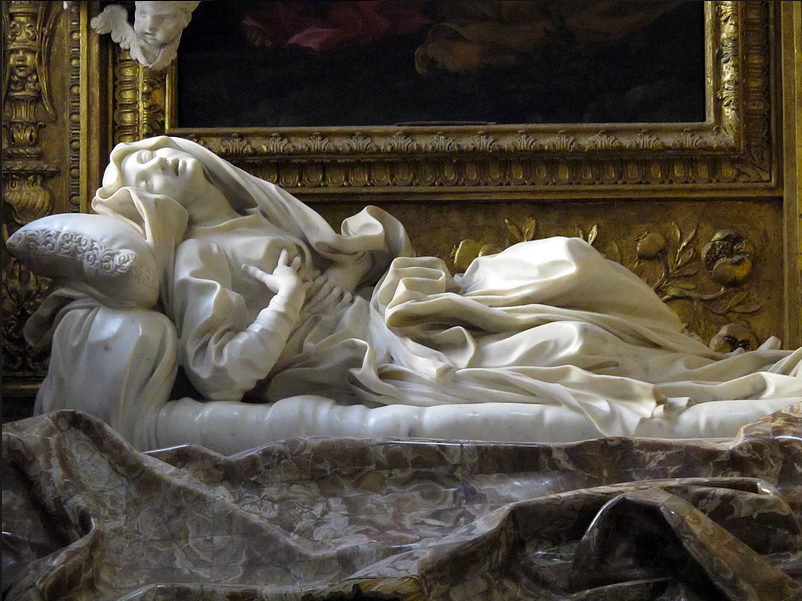- Home
-
PHOTO 1
-
PHOTO 2
-
PHOTO 3
- INFO >
- CLASS NOTES
-
ASSIGNMENTS
>
- STUDIO LIGHTS
- Composing: Creating an Abstract or Geometric Composition
- Composing: Creating an Abstract or Geometric Composition
- EMPHASIS ON COLOR THEORY
- DESIGNING IN B&W
- Formal and Informal Portraits
- CUBIST PORTRAITS
- NATURAL LIGHTING
- COMPOSITION - SCAVENGER HUNT
- STREET PHOTOGRAPHY
- MANDALA
- NIGHT
- RHYTHM & REPETITION
- PATTERNS & RHYTHM WITH LIGHT
- STUDIO PORTRAITURE
- PHOTOGRAM - MEMOIRS - THE DIGITAL VERSION
- HDR Landscapes
- PORTFOLIO
- VIDEOS
- HANDOUTS
- GALLERY
-
AP 2D ART + DESIGN
- INFO >
- SUMMER PROJECT
- SUSTAINED INVESTIGATION
- ELEMENTS + PRINCIPLES
- STUDIO LIGHTS
-
ASSIGNMENTS
>
- DESIGNING IN B&W
- COLOR THEORY
- TRIPTYCH
- SUSTAINED INVESTIGATION #1
- SUSTAINED INVESTIGATION #2
- SUSTAINED INVESTIGATION #3
- SUSTAINED INVESTIGATION #4
- SUSTAINED INVESTIGATION #5
- SUSTAINED INVESTIGATION #6
- SUSTAINED INVESTIGATION #7
- SUSTAINED INVESTIGATION #8
- SUSTAINED INVESTIGATION #9
- SUSTAINED INVESTIGATION #10
- ABSTRACT & GEOMETRIC COMPOSITION
- STUDIO PORTRAITURE
- TEXTURES & ABSTRACTIONS FROM THE...
- WEBSITE PORTFOLIO
- CLASS NOTES
- HANDOUTS
- VIDEOS
- GALLERY
- 3D ART 1
- 3D ART 2
- 3D ART 3
- Contact
BAROQUE
1600 - 1750 C.E
Southern, Southern + Northern Aristocratic, Northern Bourgeois
1600 - 1750 C.E
Southern, Southern + Northern Aristocratic, Northern Bourgeois
HISTORY
SOUTHERN BAROQUE (Italy & Spain):
NORTHERN BAROQUE (France, Flanders & Dutch Republic):
|
CONTENT: What do you see?
FORM: The details (what you see more exactly). How the artist delivers the content. CONTEXT: Everything NOT observable. FUNCTION: The intended purpose of the work. APAH 250 Images:Southern Baroque Art
85. Calling of Saint Matthew, Caravaggio 82. Il Gesù, including Triumph of the Name of Jesus ceiling fresco 88. San Carlo alle Quattro Fontane, Francesco Borromini 89. Ecstasy of Saint Teresa, Gian Lorenzo Bernini * Blessed Ludovica, Gian Lorenzo Bernini Southern + Northern Aristocratic Baroque 86. Henri IV Receives the Portrait of Marie de'Medici, Peter Paul Rubens 93. The Palace at Versailles * Hall of Mirrors * The Gardens of Versailles Spanish Baroque Art 91. Las Meninas, Diego Velazquez Northern Bourgeois Baroque Art 87. Self-Portrait with Saskia, Rembrandt van Rijn 92. Woman Holding a Balance, Johannes Vermeer 96. Fruit and Insects, Rachel Ruysch VOCABULARY
KEY IDEAS
BIG IDEAS:1. Counter Reformation
2. New Scientific discoveries 3. Discoveries in the New World 4. The spread of ideas and information due to the printing press The Counter Reformation Agenda:1. Church beliefs and doctrines are fired by a new kind of mysticism and rekindling/redefining through education, public affairs, and missionary work.
2. The church faces the moral and political realities of the century by creating new religious orders to adapt to modern conditions and challenges Protestantism. CONTEXTHistory: 16th Century in Southern Europe that forms the foundation of 17th Century Art:
1492 - Expulsion of Jews and Moors from Spain 1534 - Counter Reformation begins - a movement within the church to bring about a revival of religious faith as a way to fight the Protestant Reformation begun by Martin Luther in 1517. 1542 - the Universal Inquisition was established - effort to censor printed matter 1545 - the Council of Trent convened from 1545-1563 to undertake reform and reaffirm dogma within the Church’s various orders established as part of the Counter Reformation agenda (including Carmelite Order, Jesuit Order and missionary work of Francis Xavier. History: 17th Century in Southern Europe : The Thirty Years War (1618-1648) begins as a religious conflict but soon involves most of Europe - results in nation building. Treaty of Westphalia grants religious freedom across Europe World-wide mercantilism - international trade networks with old and new world (and Africa), supported by the slave trade, trade with the far east, and newly developed ideas of diplomacy History: France and 17th Century Northern Europe: 1648
1. Divine Right of Kings/Absolutism: “I am the state” - Louis divine right to power 2. Art is the service of royal power: “le grande siecle” - art functions as: = propaganda = nostalgia for another time/place = myth and landscape make Arcadian dream 3. Royal Academies established for arts/sciences (England/- through patronage of the king and aristocracy 4. Baroque Classicism in architecture = power and authority of king / state asserted through grandiose architectural and garden projects |
